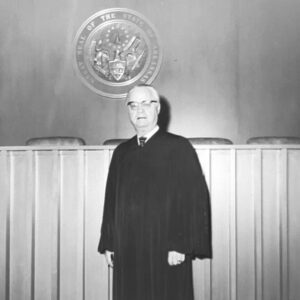 Lyle Brown
Lyle Brown
Gender: Male
 Lyle Brown
Lyle Brown
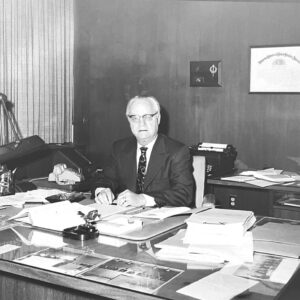 Lyle Brown at Desk
Lyle Brown at Desk
 Robert C. Brown
Robert C. Brown
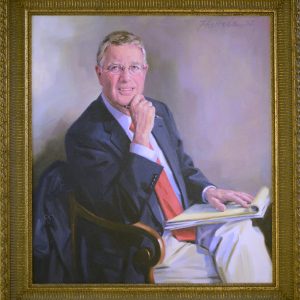 Robert L. Brown
Robert L. Brown
Brown, Robert Laidlaw (Bob)
Brown, Robert Raymond
 Roscoe Brown
Roscoe Brown
Brown, Walter Lee
 Walter Lee Brown
Walter Lee Brown
Brown, Whit (Execution of)
Brown, William (Execution of)
Brown, William M. “Buck”
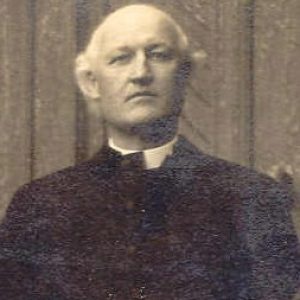 William Montgomery Brown
William Montgomery Brown
 Greg Brownderville
Greg Brownderville
Brownderville, Greg Alan
Brownlee, Robert
Brownsville to Arkansas Post, Expedition from
Brownsville to Cotton Plant, Expedition from
Brownsville to Fairview, Expedition from
Brownsville, Scout from (January 17–19, 1864)
Brownsville, Scout from (June 27–29, 1864)
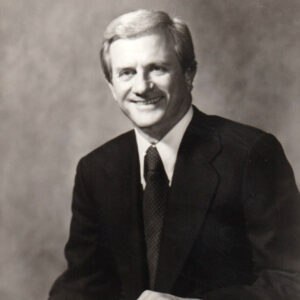 Frank Broyles
Frank Broyles
Broyles, Frank
aka: John Franklin Broyles
 Harve Bruce Conviction Article
Harve Bruce Conviction Article
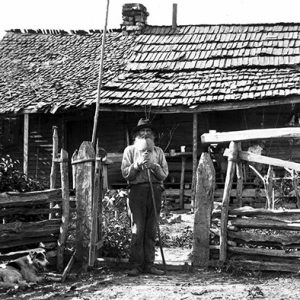 John Wesley Bruce
John Wesley Bruce
Bruce, William Harvey (Harve)
Bruhin, Joseph Aloysius
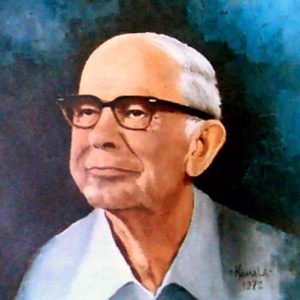 Albert E. Brumley
Albert E. Brumley
Brumley, Albert Edward
 Stephen Brundidge
Stephen Brundidge
Brundidge, Stephen, Jr.
 Vincent "Jimmy" Bruno
Vincent "Jimmy" Bruno
Brushy Island Riots of 1915–1917
Bryan, Leon L. “Doc”
 Bryant and Glover
Bryant and Glover
 Bryant and Nelson
Bryant and Nelson
 Bryant Brochure
Bryant Brochure
Bryant, “Bear”
aka: Paul William Bryant
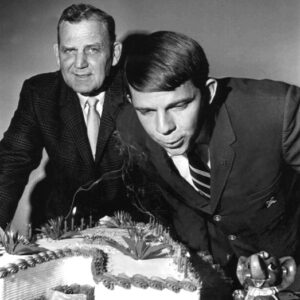 "Bear" Bryant
"Bear" Bryant
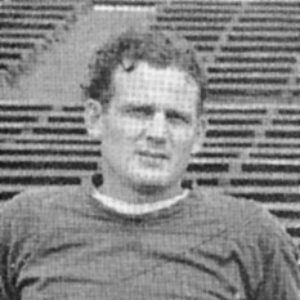 "Bear" Bryant
"Bear" Bryant
 Winston Bryant
Winston Bryant
Bryant, John Winston
Bryant, Kelly
 Kelly Bryant
Kelly Bryant
 Rolfe Bryant
Rolfe Bryant
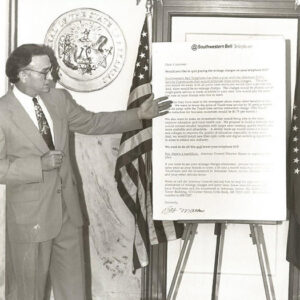 Winston Bryant
Winston Bryant
Bryson (Lynching of)
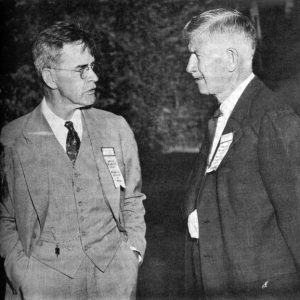 Herbert Buchanan and George A. Campbell
Herbert Buchanan and George A. Campbell
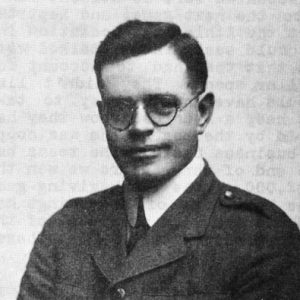 Herbert Buchanan
Herbert Buchanan




